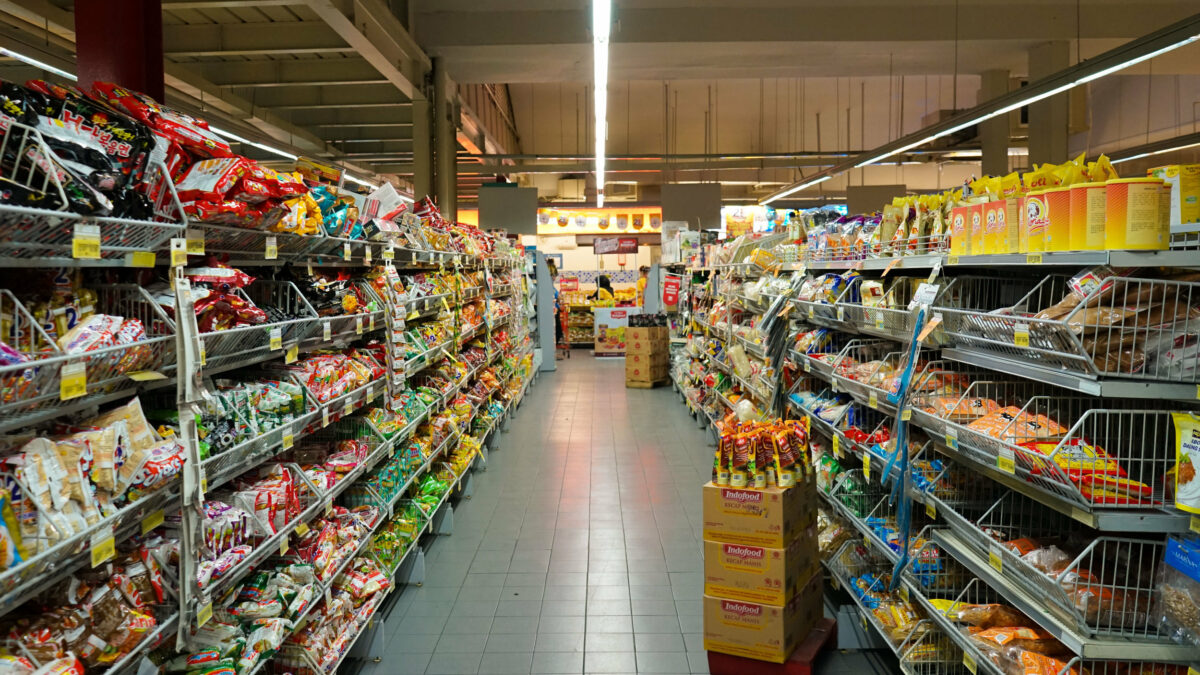

This week, IIA attended The AI Conference presented by O’Reilly Media and Intel AI (#TheAIConf) in New York City. The conference tagline was “Put AI to Work” and it provided an informative and comprehensive overview of the current state of artificial intelligence. Session topics ranged from cutting edge research to new AI tools to production ready use cases. This conference also included a dedicated AI Business Summit focused on exploring the AI challenges, opportunities, and risks from the enterprise perspective. The Tuesday (5/1/18) and Wednesday (5/2/18) morning keynotes showcased all of these elements and included the following highlights:
The keynote (and live demonstration) of the conference belonged to CTRL Labs. Thomas Reardon demonstrated CTRL Labs’ revolutionary Intention Capture human-machine interface. Intention Capture directly reads signals from the human nervous system to provide both myocontrol and neurocontrol for devices. This has the power to dramatically speed up human-machine interactions while also enabling dramatically new use cases. The company announced that the first developer kits will ship later this year.
The field of robotics is advancing in lockstep with AI. Manuela Veloso from Carnegie Mellon University updated the attendees on CMU’s research into autonomous robots and the future of human-AI interaction. CMU researchers are developing new human-machine interaction models to help robots navigate complex environments. This includes robots having the ability to accept voice commands and the ability to ask humans for assistance in manipulating their environment. Temi, an innovative personal robot, also won the conference’s Top Innovator Award. Throughout the conference, the robot was also navigating the packed exhibition pavilion.
Jennifer Marsman’s keynote discussed Microsoft’s ongoing research in the space of precision agriculture. By 2050, the world population is expected to grow to 9 billion people and to feed this population, we will need to double our rate of food production. Microsoft is working to address this problem through the development of AI-driven precision agriculture systems. These systems leverage AI to lower the cost and effort of data collection. For example, drones and balloons are used to capture images of fields that are then processed to determine irrigation and pest control strategies.
Olga Russakovsky from Princeton University discussed AI4ALL, a joint initiative from several leading universities to increase diversity and inclusion in AI. Russakovsky noted that women and minorities are significantly underrepresented in engineering disciplines. For example, only 13% of engineering jobs are held by women. On the teaching side, only 2.6% of tenured engineering faculty are African American and only 3.6% are Hispanic. The lack of diversity poses a serious threat to AI. It introduces potential bias in AI and machine learning algorithms and it contributes to the AI (and analytics) talent crisis. To address this issue, AI4ALL targets minority and female high school students with specialized camps, online education, and mentors designed to foster an interest in AI. The expanded 2018 program includes camps at Stanford, Berkeley, Princeton, Simon Frasier, Boston University, and CMU.
In a wide-ranging keynote, Zoubin Ghahramani from Uber and Cambridge University discussed recent advancements in deep learning and probabilistic machine learning. He highlighted the potential of AI to perform automatic exploratory data analysis (The Automatic Statistician) and recent developments from Uber AI labs including the recently launched Pyro 2.0.
Dario Gil from IBM discussed current advancements in quantum computing, including the availability of quantum computing developer tools (QISkit) and quantum computing cloud services (IBM Q Experience) through the IBM Q initiative.
Vendors continue to build out infrastructure and services for enterprise AI adoption. Fiaz Mohamed from Intel AI reviewed their recently announced AI Builders Partner Program. Dan Mbanga from Amazon Web Services provided an overview of AWS SageMaker and AWS DeepLens. AWS SageMaker is a service that allows data scientists to quickly develop and deploy machine learning models, meanwhile, AWS DeepLens is a specialized camera for developers with embedded deep learning capabilities. Finally, Ron Bodkin from Google reviewed the continued expansion of the TensorFlow ecosystem including Cloud TensorFlow Processor Units (custom silicon for TensorFlow operations), TensorFlow Hub (documentation portal), TensorFX (framework for training and servicing ML models), Google CoLab (research project for sharing ML research) and AutoML (cloud service for training ML models).
As AI innovation continues to accelerate, analytics leaders must look outside their organizations and seek to understand AI technology and its potential to impact their company and the customers it serves. Conferences like The AI Conference are excellent sources of insight as they bring together all of the key constituents of the AI community. IIA will also continue its ongoing coverage of these important conferences with client-only phone briefings and event summaries.